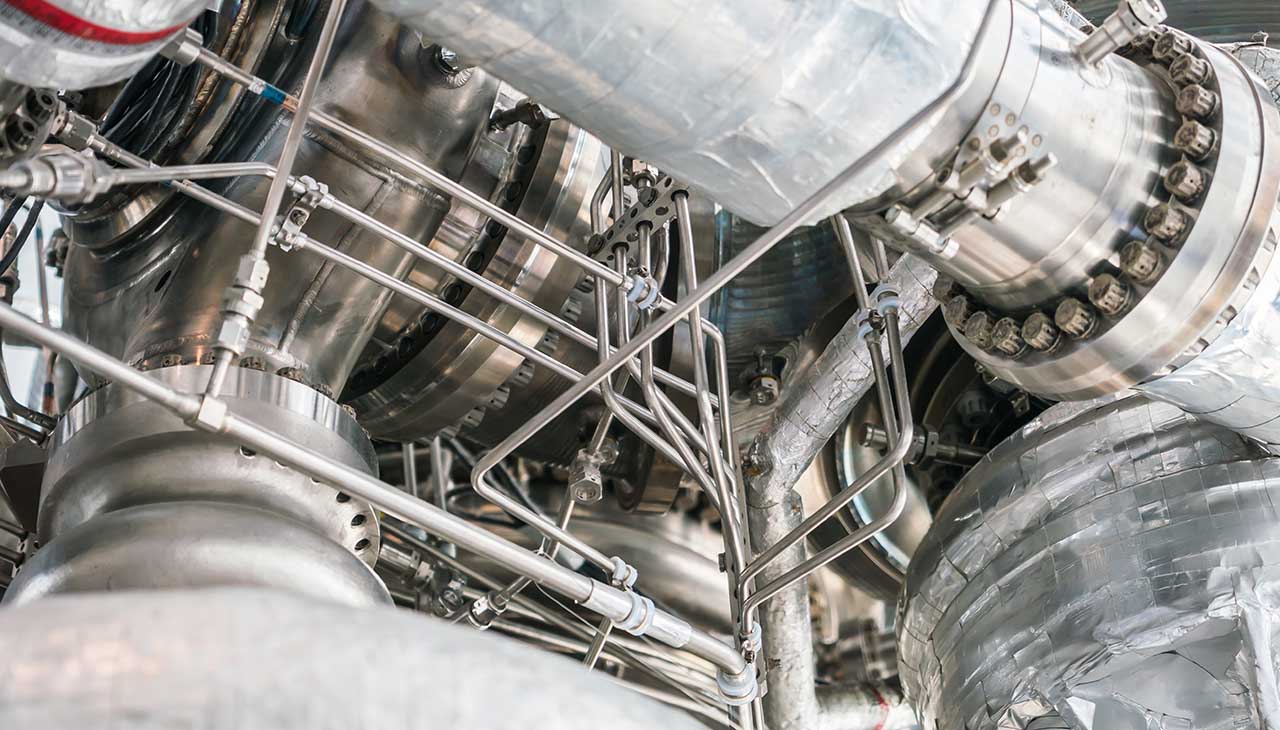
The Power of Turbocharging: How to Upgrade Your Turbo System for Maximum Performance
Turbocharged engines have revolutionized the way we think about automotive performance, offering a significant boost in power without a substantial increase in engine size. This technology leverages the engine’s exhaust gas to drive a turbine, which in turn increases the air intake, resulting in a more powerful combustion. Upgrading your turbo system not only enhances performance but also improves fuel efficiency and reduces emissions. In this guide, we will explore the basic components of a turbo system, identify key areas for upgrades, and provide practical advice on maximizing your vehicle’s performance through turbocharging. Whether you’re a seasoned gearhead or a newcomer to the world of automotive tuning, understanding how to tweak your turbo system can unlock a new level of power and efficiency for your vehicle.
Understanding Turbo Systems
At the heart of turbocharging is the turbocharger itself—a device that comprises two primary sections: the turbine and the compressor. Exhaust gases from the engine are channeled to spin the turbine at high speeds. This turbine is connected by a shaft to the compressor, which draws in and compresses air, increasing its density before it enters the engine’s combustion chamber. The result? A significant boost in horsepower because the engine can now burn more fuel with the increased oxygen in each intake stroke.
There are several types of turbo systems, tailored to suit different performance needs and vehicle specifications:
- Single-Turbo: The simplest and most common setup, where one turbocharger feeds all the engine’s cylinders. It’s effective but can suffer from turbo lag in larger applications.
- Twin-Turbo: Utilizes two turbochargers which can be configured in parallel or sequentially. Parallel setups often target even power distribution, while sequential setups aim to reduce turbo lag by using a small turbo at low RPMs and a larger one for higher RPMs.
- Variable Geometry Turbo (VGT): Features adjustable vanes that change the turbine’s air-flow speed and direction, improving efficiency and reducing turbo lag across a wider range of RPMs.
- Twin-Scroll Turbo: A single turbocharger with two separate chambers in the turbine housing, directing exhaust gas flow to better utilize the pulses for a faster, more efficient response.
Efficient turbo system design is critical for achieving optimal performance. This involves selecting the right type of turbocharger that suits the engine’s specific needs and tuning the system for harmonious operation between the engine’s air intake and exhaust. Properly designed, a turbo system can offer significant performance enhancements, including increased horsepower, better fuel economy, and reduced emissions, making it an essential component in modern automotive engineering.
Upgrading Turbo Components
Selecting the Right Turbocharger
Choosing the right turbocharger for your vehicle is essential to achieving your performance goals. Consider your vehicle’s engine size, the power output you’re aiming for, and your budget. For those seeking moderate increases in power, a single-turbo setup may suffice. Enthusiasts aiming for higher power levels might explore twin-turbo or twin-scroll turbochargers to mitigate turbo lag and achieve smoother power delivery. Remember, a turbo that’s too large can introduce significant lag, while one that’s too small may not offer the desired boost.
Upgrading Intercoolers and Charge Piping
To maximize the efficiency of your turbo system, upgrading the intercooler and charge piping is crucial. An intercooler reduces the temperature of the air compressed by the turbo, increasing its density and allowing your engine to intake more oxygen for combustion. Larger, more efficient intercoolers can significantly improve performance. Similarly, upgrading to larger or more streamlined charge piping can reduce air flow resistance, ensuring that the cooled air reaches your engine as efficiently as possible.
Choosing the Right Wastegate and Blow-off Valve
Effective boost control is key to a turbo system’s performance and longevity. A properly selected wastegate ensures that the turbocharger does not produce more boost than the engine can safely handle, while a quality blow-off valve (BOV) helps relieve the pressure from the charge air system when the throttle is suddenly closed, preventing turbo flutter and potential damage. Both components must be matched to the specific needs of your turbo setup to maintain optimal performance and boost response.
Upgrading Fuel Injectors and Fuel Delivery Systems
To support the increased air intake and potential for higher power output from turbocharging, upgrading fuel injectors and the fuel delivery system is often necessary. Higher-capacity fuel injectors ensure that your engine receives the right amount of fuel to match the increased air density, maintaining the proper air-fuel ratio for optimal combustion. Additionally, a high-flow fuel pump may be required to supply the increased fuel demand. Careful tuning is essential after these upgrades to ensure the engine runs smoothly and efficiently at its new power level.
Tuning and ECU Optimization
The culmination of any successful turbo upgrade project hinges on proper engine tuning. Optimizing the Engine Control Unit (ECU) is crucial to unlocking the full potential of the hardware modifications made to the turbo system. ECU remapping or tuning adjusts the engine’s software to better manage the increased air and fuel flow resulting from turbo upgrades. This process can significantly enhance performance by increasing horsepower, improving torque, and ensuring fuel efficiency.
Aftermarket tuning solutions, ranging from off-the-shelf maps to custom tuning sessions on a dynamometer, allow drivers to tailor their vehicle’s performance to their needs. While pre-made tunes offer convenience and immediate improvements, custom tuning can extract maximum performance by precisely calibrating the ECU settings to the specific upgrades and conditions of your vehicle.
However, the quest for increased power must be balanced with considerations for reliability and drivability. Over-tuning can lead to engine stress, reduced lifespan of components, and even catastrophic failure. Therefore, it’s vital to adopt a balanced approach that enhances performance while maintaining the engine’s integrity and ensuring the vehicle remains enjoyable and practical for everyday use. Professional tuning, with a focus on harmonizing these aspects, ensures that turbocharged vehicles not only perform at their peak but also remain reliable and drivable on a day-to-day basis.